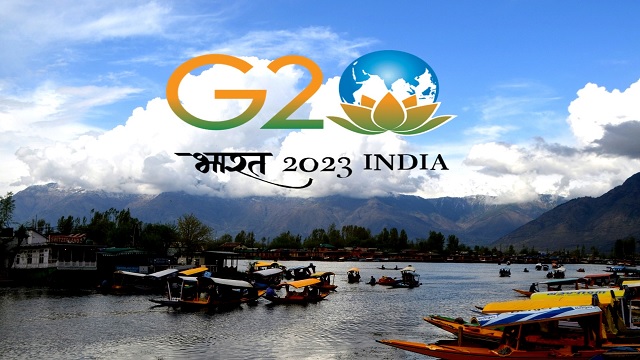Decoding G20 Delhi Declaration: Here’s what commitments and agreements were done
The G20 Delhi Declaration has drawn attention for its recognition in the history and its implications for the global community.
New Delhi: The G20 Delhi Declaration, signed by all 20 member nations, has drawn significant attention for its recognition of the critical juncture in history and its implications for the global community. It addresses a wide range of challenges in the political, economic, and environmental spheres, providing insights into India’s historic achievements during its presidency.
The Delhi Declaration begins by emphasizing the momentous nature of the present time, highlighting how the decisions made by the G20 nations today will shape the future of both people and the planet. This recognition sets the stage for understanding the document’s profound implications.
Before delving into specific domains, the declaration outlines the pressing political, economic, and environmental challenges facing the world. It underscores India’s role in addressing the concerns of the global South, marginalized within the international order, and the marginalized within both rich and poor nations. The document also lays out clear principles and priorities, making it evident that there will be no compromise between combating poverty and addressing the climate crisis.
Key Highlights:
Growth, Economy, and Jobs
The declaration acknowledges the fragility of the global economy and commits G20 members to implement well-calibrated policies to promote growth, reduce inequalities, and maintain stability. It emphasizes the role of the private sector, sustainable global value chains, and startups and MSMEs.
Also Read: PM Modi Holds Bilateral Talks With Crown Prince And Prime Minister Of Saudi Arabia In New Delhi
Financial Inclusion and DPI
The declaration endorses advancing financial inclusion and productivity gains through Digital Public Infrastructure (DPI), encouraging the use of technological innovations to achieve financial inclusion and reduce remittance costs. It also highlights India’s DPI model.
Sustainable Development Goals (SDGs)
G20 reaffirms its commitment to mobilize financing for SDGs, particularly focusing on reducing hunger and ensuring access to quality education. It acknowledges the volatility of food and energy markets.
Climate
The declaration commits G20 to accelerate actions to address environmental crises and climate change, aiming to achieve net-zero emissions by around 2050. It endorses sustainable lifestyles and clean energy transitions.
MDB Reform
G20 seeks to enhance multilateral development banks (MDBs) by improving operating models, responsiveness, and financing capacity. It encourages MDBs to collaborate, leverage private capital, and support low and middle-income countries’ transitions to low emissions.
Women-led Development
The declaration promotes “women-led development” and women’s full participation in decision-making, addressing issues related to labor force participation, education, social protection, and gender equality.
Ukraine
The declaration discusses Ukraine, emphasizing the harmful consequences of wars and conflicts. While it recognizes national positions and UN resolutions, it calls for refraining from the threat or use of force and highlights the impact of the conflict on various global aspects.




 Ms Kalinga
Ms Kalinga